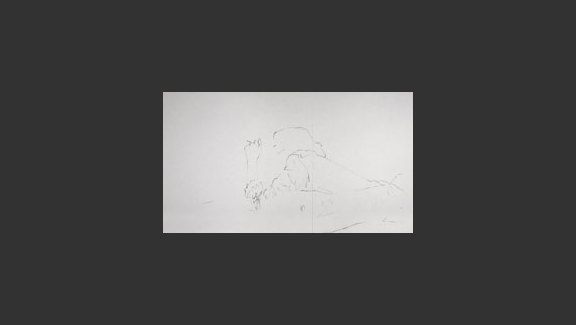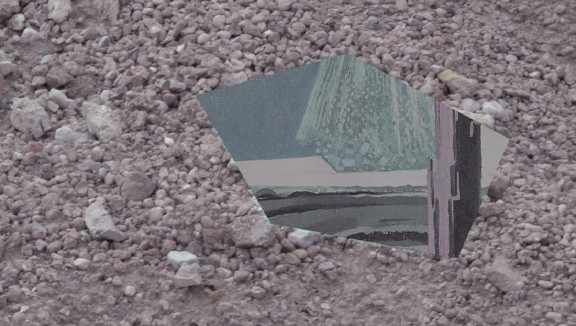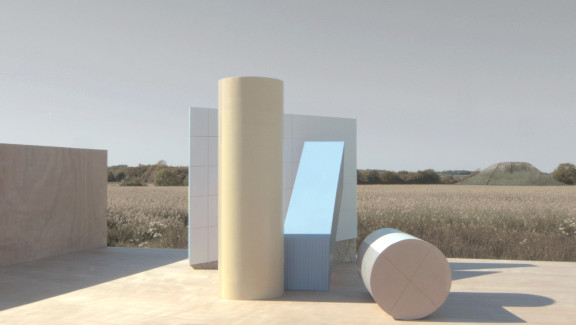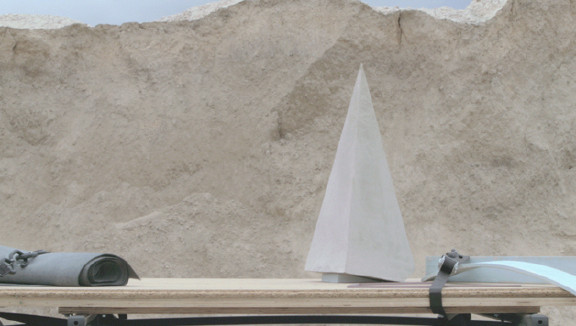Transit of the Megaliths
Synopsis
Details
- Year
- 2013
- Type of project
- Shorts
- Running time
- 20 mins 45 secs
- Format
- HD Video
- Director
-
Nicholas Brooks
- Producer
- Nicholas Brooks
- Editor
- Nicholas Brooks
- Sound
- Nicholas Brooks
- Assistant
- Laurence Stearn
Genre
Categories
Production Status
Production Company
Sales Company
Nicholas Brooks
W: www.nickbrooks.infoE: info@nickbrooks.info
Page updates
This page was last updated on 12th May 2025. Please let us know if we need to make any amendments or request edit access by clicking below.
See also
You may also be interested in other relevant projects in the database.
 Arrastre
Arrastre
Director: Nicholas Brooks
Year: 2010
The title Arrastre denotes a drag in dance terminology, but is also the name for a crude apparatus used for pulverizing ore. Between choreography and a purely mechanistic series of random actions, Arrastre is populated by unfamiliar objects that are the protagonists in a drama with unknown parameters and driven by obscure forces.
 Laitue
Laitue
Director: Nicholas Brooks
Year: 2010
Laitue is a hand drawn film, tracing a brief journey from loss to a reunion of an unexpected kind. Two people are separated by time and space but nevertheless coincide in a series of movements which form a choreography of anticipation and unrest.
 Dancing on Road
Dancing on Road
Director: Lauren Gee
Year: 2024
Documenting and celebrating the Black British female roller-skating community, showcasing its long history and fixture within popular culture. Blurring the boundaries between documentary and music video, this experimental film reveals the expansive network of London’s Black skate scene through two key individuals that share their stories and delve into what this space and their skate crews and mentors provide them. This joyous exploration gives visibility to a subculture that to many outsiders is unknown but is made familiar through its nostalgic lens which pays homage to the sports DIY and music-led roots. Official Selection Trinidad and Tobago Film Festival 2025


